What is a Towhee?
And how do you say its name?
A Towhee is a type of large sparrow. It got its name from the sound naturalists described in 1731 when they first identified the Eastern Towhee. The pronunciation is "Toe-wee". We don't have the Eastern Towhee in southern Arizona but we do have four other Towhee species, all of whom make different sounds. The Abert's Towhee is our local Towhee.
Abert's Towhees are residents of Southwestern Deserts, found mostly in Arizona. Pairs often stay together for life, and often when you see one Abert's Towhee, the other is nearby. Accordingly, some local birders refer to the Abert's as a "two-wee"! (All of the range maps in today's newsletter are courtesy of the Cornell Lab's "Allaboutbirds" site.
Green-tailed Towhees are common visitors to southern Arizona deserts during the winter. Recently on my visits to the Huachucas and the Chiricahuas, it seemed as if Green-tailed Towhees were everywhere. They are large sparrows yet their tails are not as long as with other Towhees.
Green-tailed Towhees have a much wider range than do Abert's Towhees.
Green-tailed Towhees are known for their yellow-green wings and tail. They have a rufous crown, a mustache stripe and a white throat. The white throat is not seen in these photographs.
In Portal at a popular backyard birding "hotspot ", Canyon Towhees were active. Canyon Towhees have the plain color that our Abert's Towhees have with Abert's seeming a bit more brown. Canyon Towhees do not have the black mask of the Abert's.
Canyon Towhees are also a desert specialist but they have a much broader range than our Abert's do.
The Canyon Towhee spent much time feeding a newly fledged youngster.
Male and female Canyon Towhees look the same, so we can't know which parent is feeding this young bird. Both adult parents do spend time feeding their newly fledged young.
Feeding behavior always fascinates me. The adult is so careful about being certain the young is getting a bit of food. It's hard for me to imagine that the young bird, at the same size as an adult, is not yet capable of feeding themselves but what do I know? It always feels like the youngster is a teenager and should be capable of finding its own food, but is still dependent on mom and dad to feed it.
Mission accomplished and both birds pause for one second before more feeding resumes.
The fourth and final Towhee species in southern Arizona is the Spotted Towhee. This one looks similar to the Eastern Towhee for which the group was named. Compared to the Abert's and Canyon Towhees (our desert specialists), the Spotted is more of a mountain species.
The Spotted Towhee has a much wider range than either the Abert's or Canyon Towhees.
The Spotted Towhee is a striking bird with its black head set against its spotted back and wings, contrasting with the rufous sides. By the way, rufous seems to be the default color that describes the reddish/brown colors of many birds. Birdnote lets us know how the spotting of these birds helps them.
Seeing all four southern Arizona Towhee species around the same time period was fun for me.


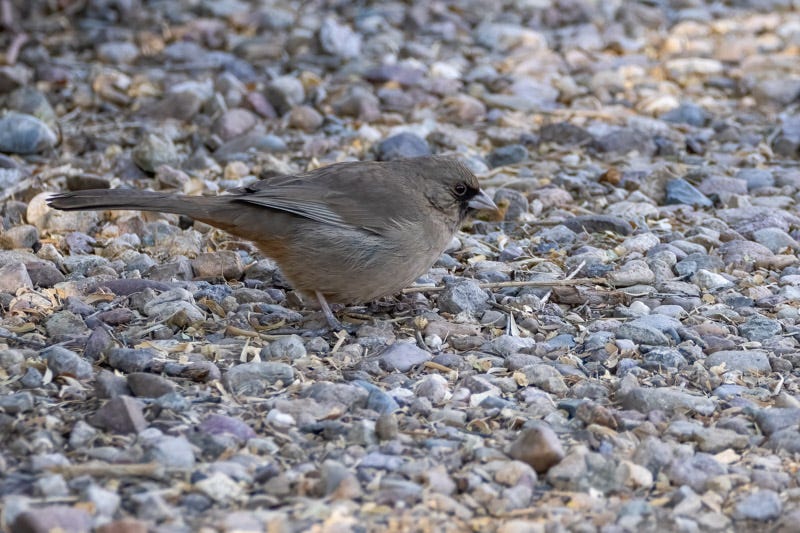
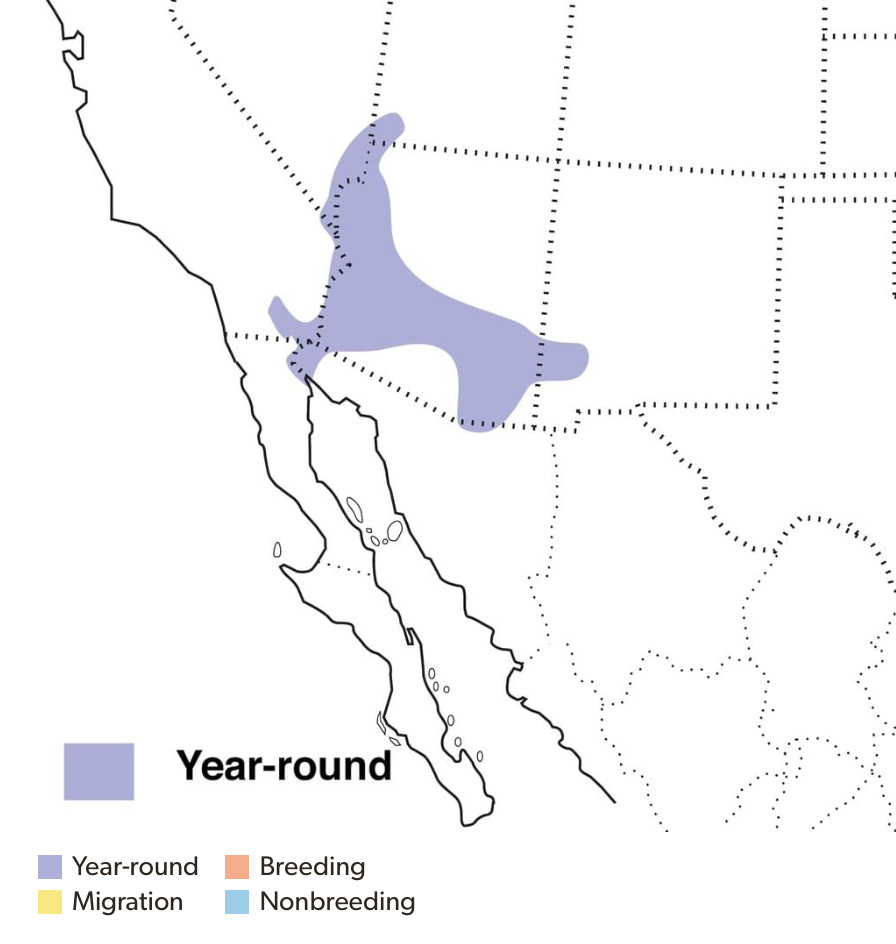
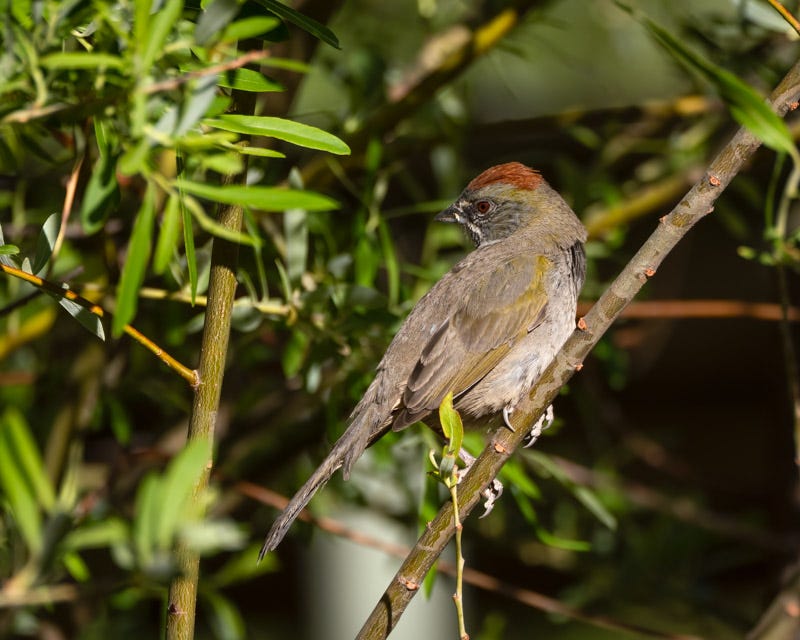
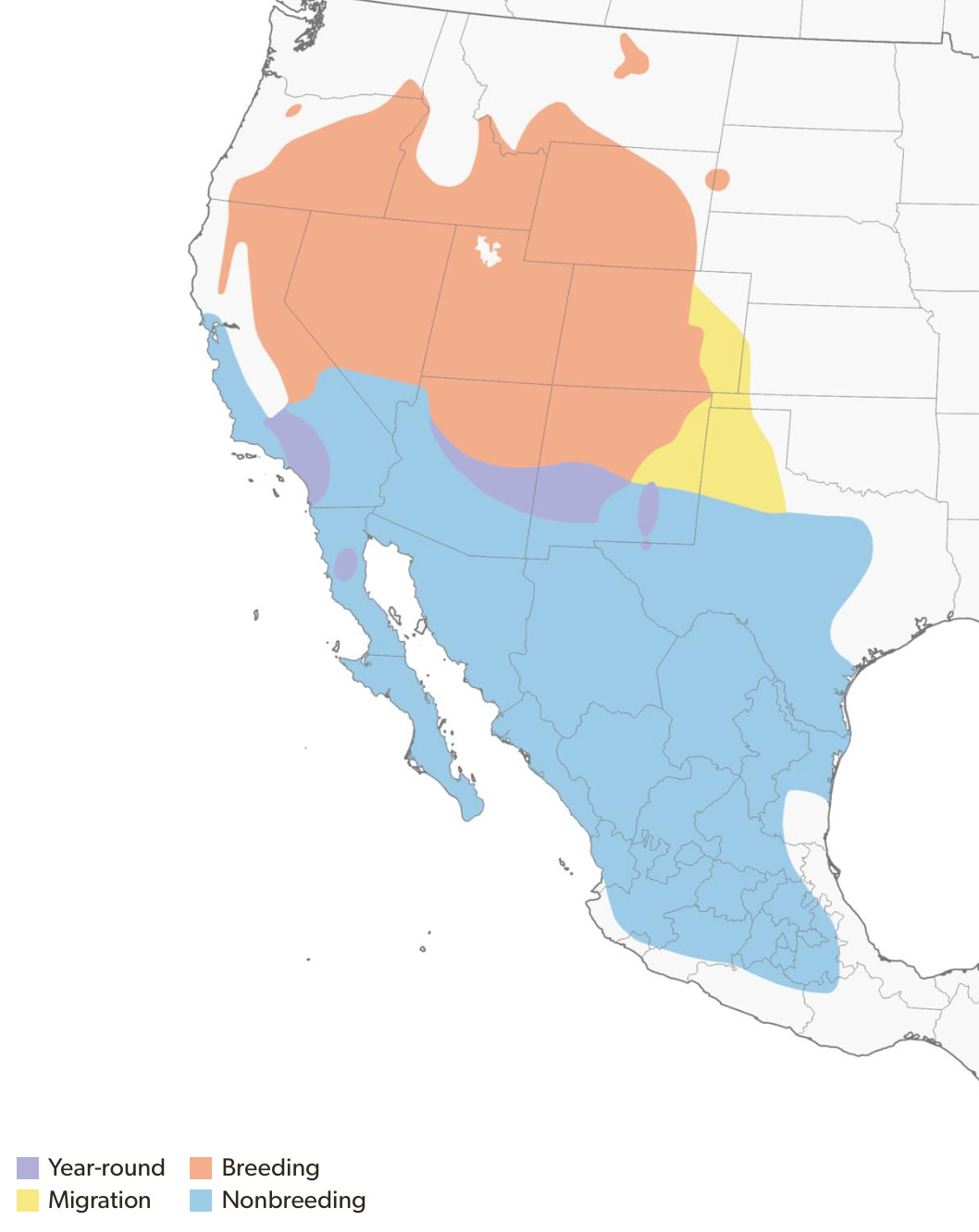
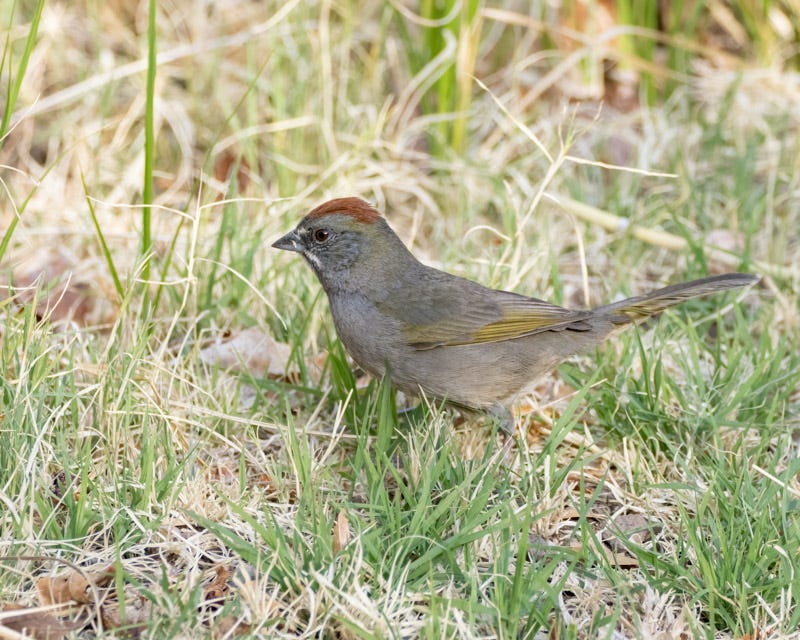
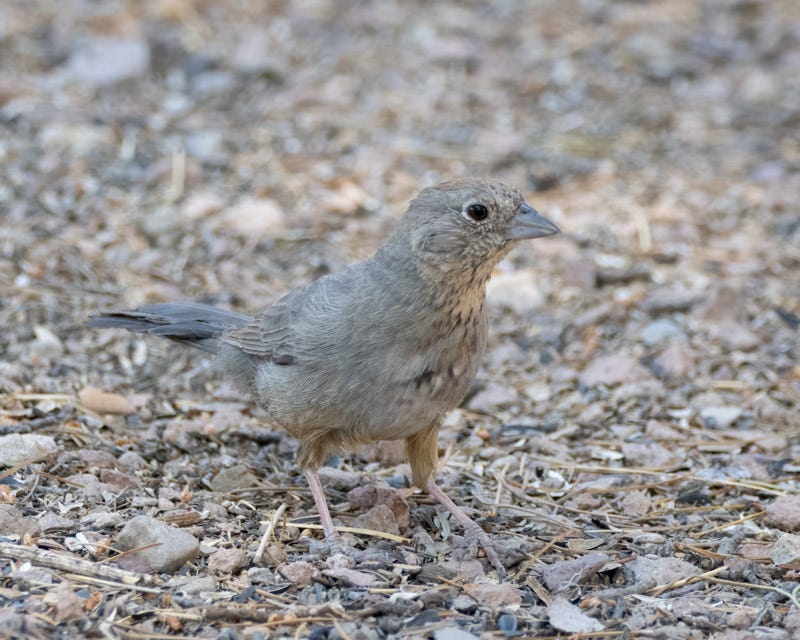
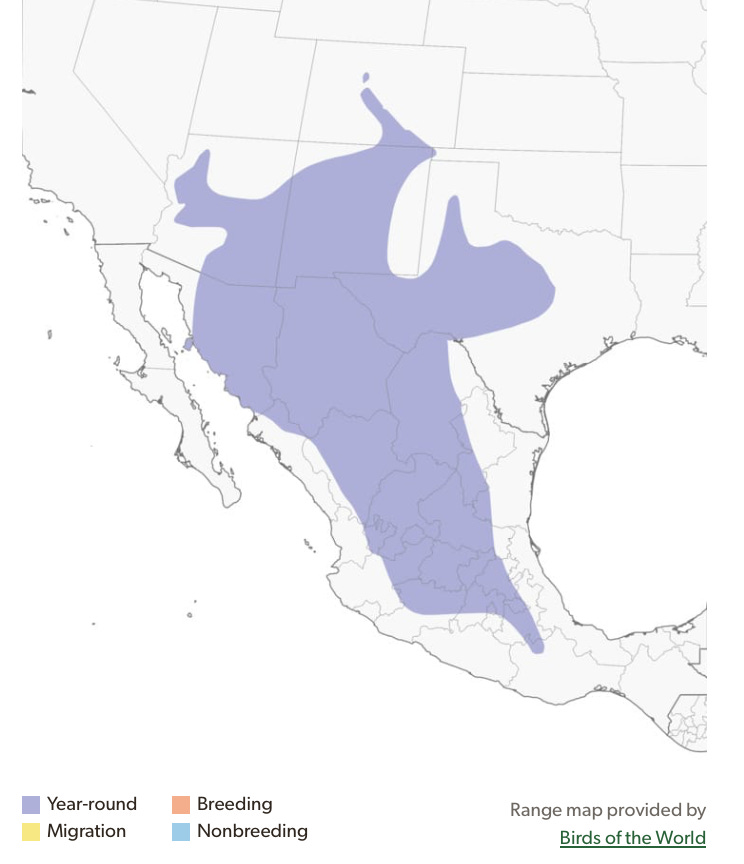
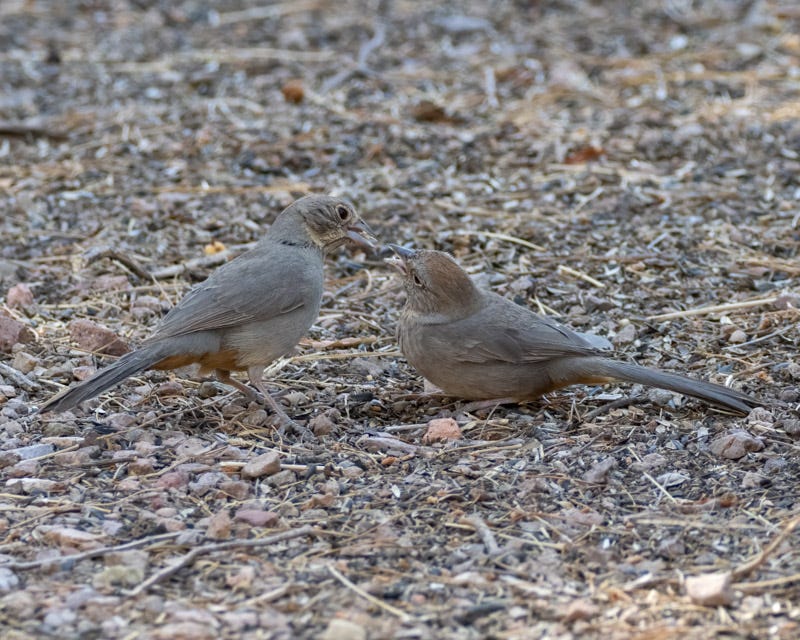
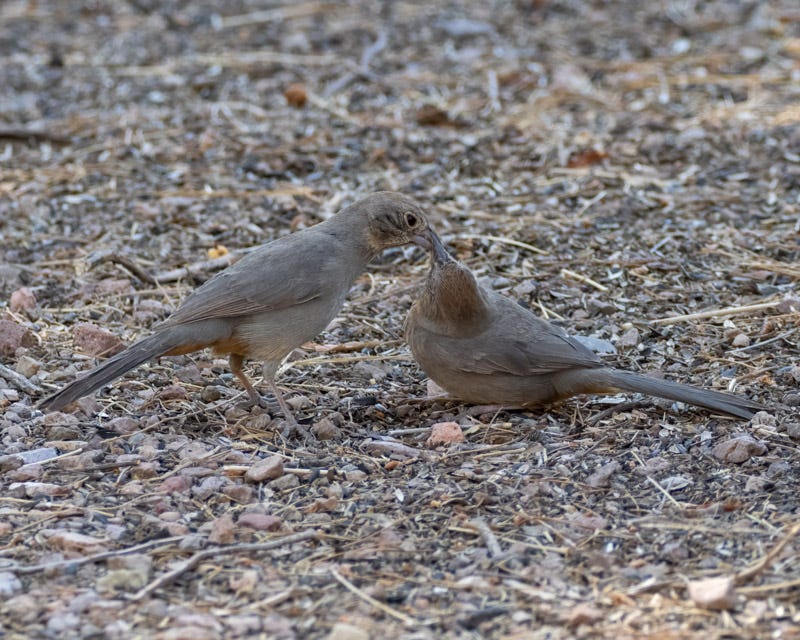
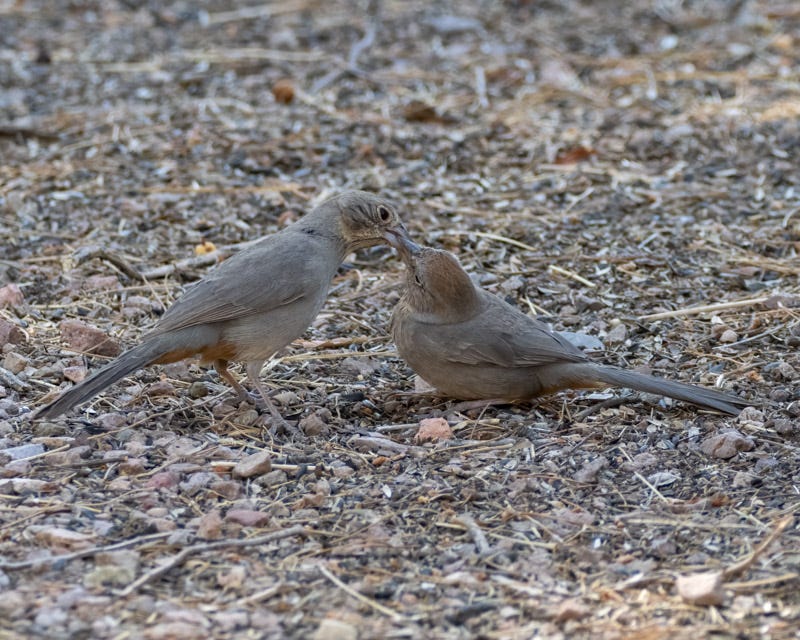
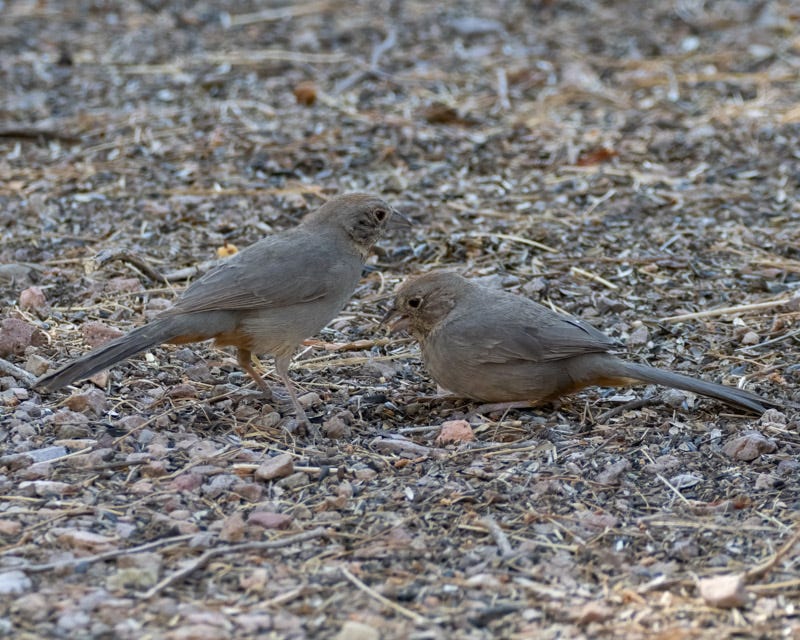
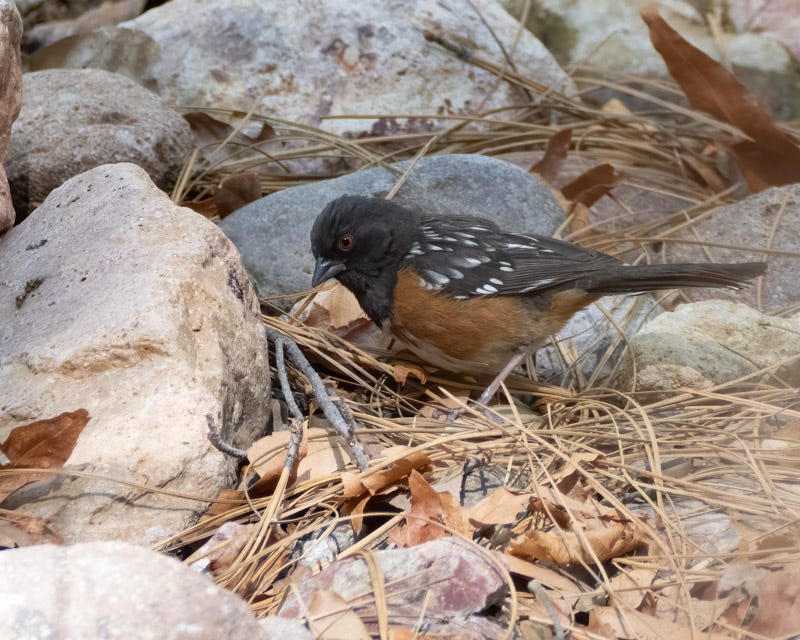
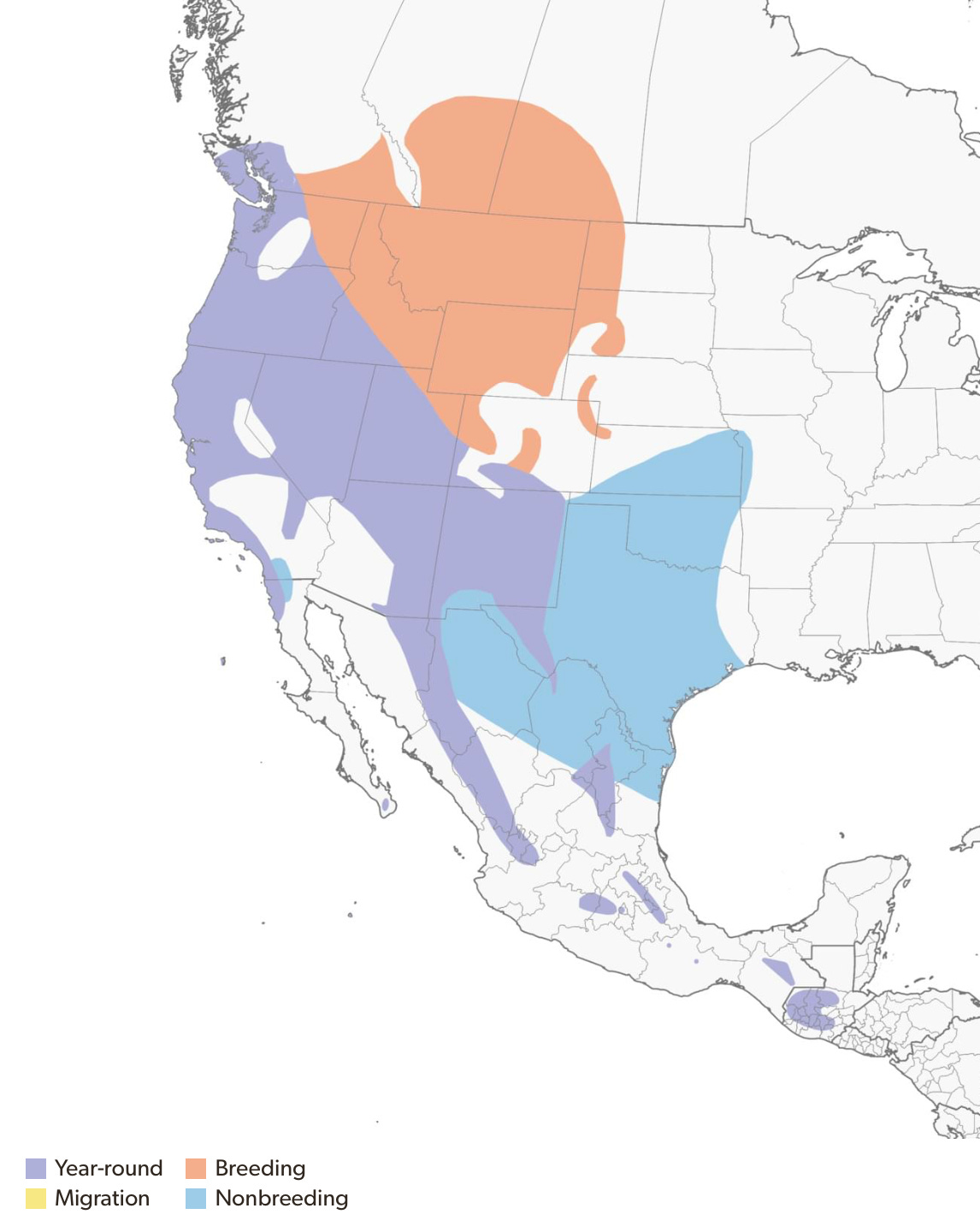
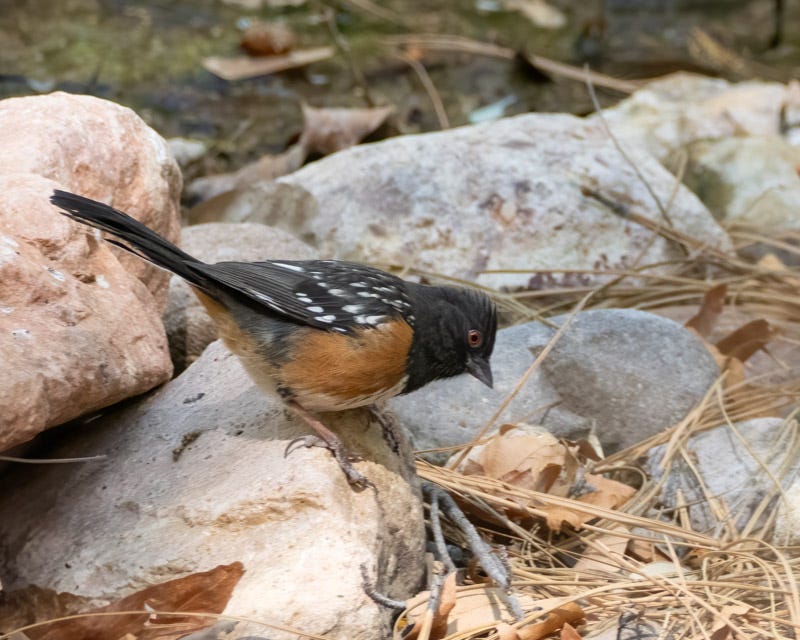
It's interesting that the Spotted Towhee looks so different from its cousins.
This email was chock a block full of interesting details about towhees and especially loved photos of the green tailed towhee and the spotted towhee